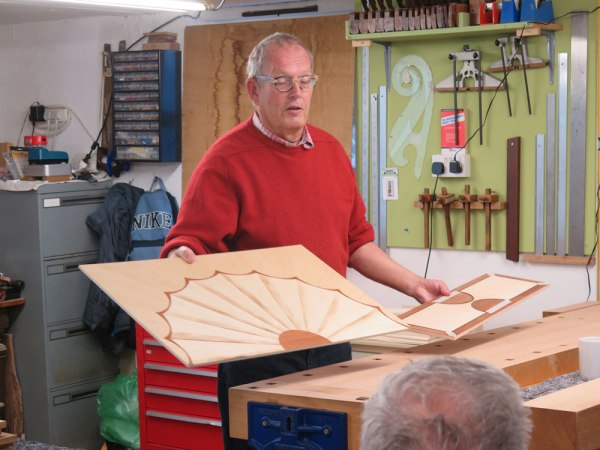
Whether you like Arts & Crafts furniture is irrelevant if you are a woodworker. Even if you dislike expressed joinery, native materials and the color brown, the Arts & Crafts movements in England and the United States were a turning point for craftsmanship.
The ideas behind the movement came from John Ruskin, a 19th-century artist, author and art critic who was about 100 years ahead of his time with his speeches and articles on the dignity of labor, the preservation of old buildings and furniture, and even environmentalism.
Ruskin founded the Ruskin School of Drawing and Fine art in 1871 at the University of Oxford, which still educates artists today.
David Savage attended this school starting in 1968, which led to his post-graduate studies at The Royal Academy.
Ruskin’s writings were hugely influential with William Morris, the founder of the British Arts & Crafts Movement and grandfather of the American movement. Morris’s teachings have influenced millions of people. But we’re concerned with Ernest Gimson and Edward Barnsley in particular, who adopted Morris’s radical ideas and were the backbone to the furniture side of the English Arts & Crafts Movement in the Cotswolds.
Barnsley trained Alan Peters, one of the greatest woodworkers of the 20th century. Peters taught and mentored David Savage, who continues to teach the high-level of craftsmanship that Peters worked to every day.
So if you look closely enough, you can still see two unbroken lines from John Ruskin to the hands of the woodworkers that Savage and his employees train every day in his Devon workshop.
You might think it’s a stretch, but I’m here to tell you that it’s not. The lifeblood of the Arts & Crafts movement passes through the workshop of Savage’s Rowden Atelier. They push students to do a high level of work that is rarely seen today. They prepare students for a lifetime of making with classes in handwork, machine work, drawing, design and business.
After working with the students at the school for two weeks, I’m quite impressed. The woodworkers enrolled in the school’s 50-week program were fast, devilishly accurate and serious about the craft, sucking up every bit of information offered. And then looking for more.
My only regret is that I didn’t have a school like this when I was 21 and crazy to make things with my hands. If you are looking to design and make furniture, it’s worth the trip. It’s worth the money. It’s worth your time.
— Christopher Schwarz
- Take a tour of the Rowden workshop via this blog entry I wrote for Popular Woodworking Magazine.
- Read more about the courses at Rowden here.
- See English Arts & Crafts furniture at Cheltenham in this blog entry here.